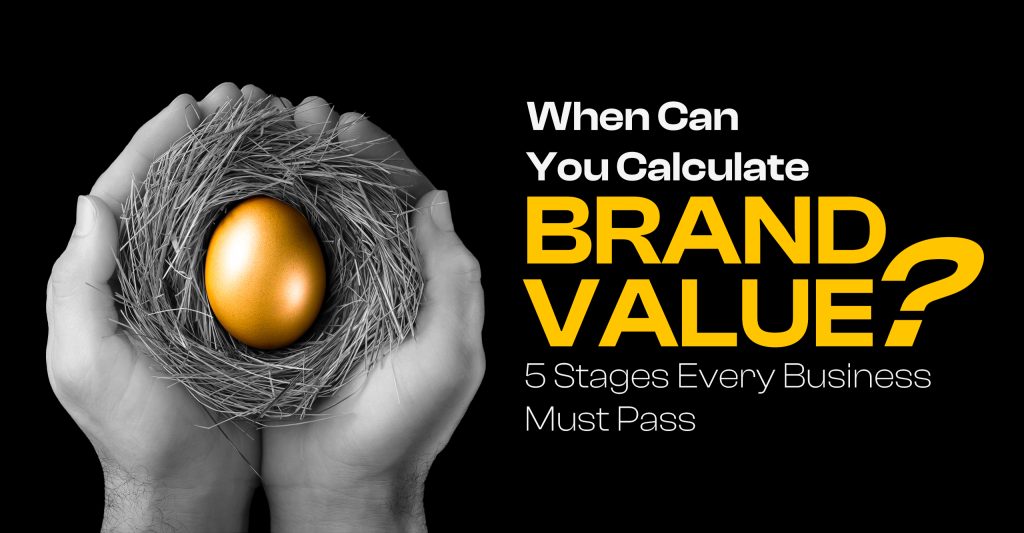Every founder wants to scale. Few understand that scalability isn’t built in marketing — it’s built in architecture. Most brand today operate like single products with a logo. The smart ones? They operate like portfolios — strategically structured to scale markets, manage risk, and multiply equity.
At Media Wall Street, we call this Brand Architecture — the governance model that defines how your brand grows, speaks, and compounds Creative Capital™ across divisions, categories, and geographies.
Why Brand Architecture Now Defines Growth
In a market driven by acquisitions, vertical expansion, and digital diversification, your brand can’t afford chaos.
Without a clear architecture, every new sub-brand, product line, or partnership fragments your equity.
A well-structured brand architecture isn’t creative jargon.
It’s your scalability blueprint — the system that governs how your business communicates, expands, and sustains trust at scale.
The Hidden Layer: Founders Confuse Identity With Structure
Most founders obsess over logos and taglines while ignoring the system behind them.
But as your business grows, every product launch, new vertical, or investor pitch adds complexity.
Without structure, you create confusion:
• Customers don’t understand the hierarchy.
• Teams dilute consistency.
• Marketing burns capital repeating messages that should’ve been unified.
That’s why Fortune 500s design brand houses, not brand campaigns.
The Three Architectures Every CEO Must Know
1. Branded House (Endorsed Model)
One master brand powers every sub-brand.
Example: Virgin Group — one identity, many verticals.
This model maximizes trust and recognition but requires strong brand governance.
Use it if your business thrives on centralized authority and unified values.
2. House of Brands
Independent brands under one parent company.
Example: Procter & Gamble — Olay, Gillette, Ariel.
This model isolates risk and targets multiple markets simultaneously.
Use it when your products serve different audiences or price segments.
3. Hybrid Model
A strategic middle ground.
Example: Coca-Cola Company — Coca-Cola master brand plus independent names like Fanta and Sprite.
Use it when you need both — master trust and sub-brand freedom.
How Brand Architecture Builds Scalability
A robust architecture compounds returns across every growth stage:
• Clarity: Stakeholders instantly understand who you are and what you own.
• Efficiency: Centralized governance reduces marketing duplication.
• Equity: Every new product launch strengthens the core brand instead of diluting it.
• Valuation: Investors value structured portfolios higher due to predictable brand governance.
This is why brand architecture isn’t optional — it’s operational strategy.
Data Insight
According to PwC, companies with clear brand architecture frameworks achieve 30–50% higher marketing efficiency and faster market entry for new products.
That’s not coincidence. That’s structure compounding over time.
CEO Takeaways
• Brand architecture is your growth framework, not a design layer.
• Build your brand like a portfolio, not a product.
• Choose a structure (endorsed, hybrid, or house of brands) that aligns with your business model, market, and risk appetite.
You can’t scale chaos.
At Media Wall Street, we design brand systems that trade like portfolios — structured, scalable, and built to outperform.


